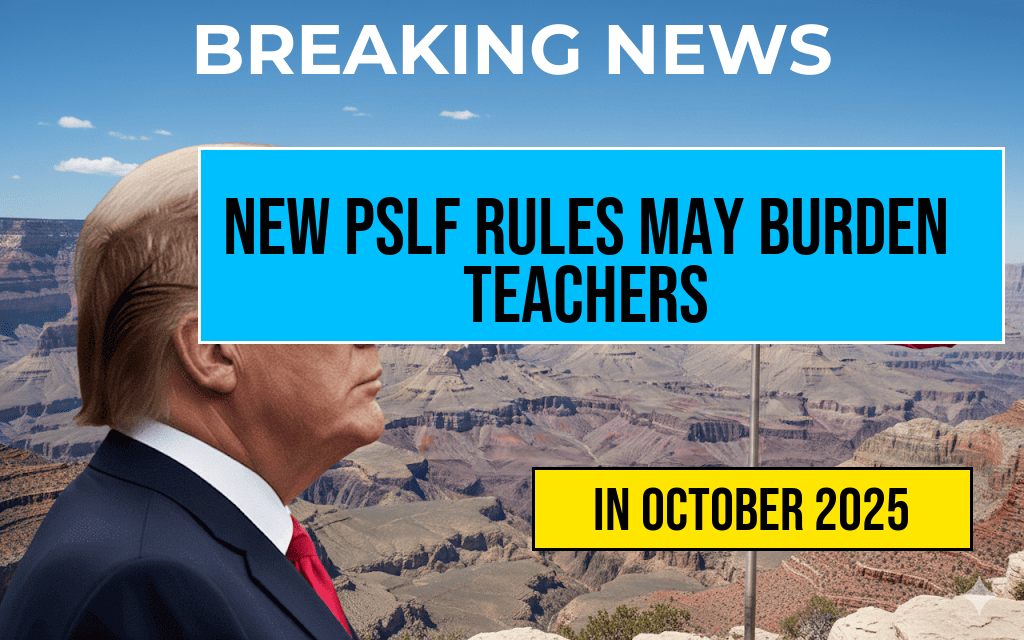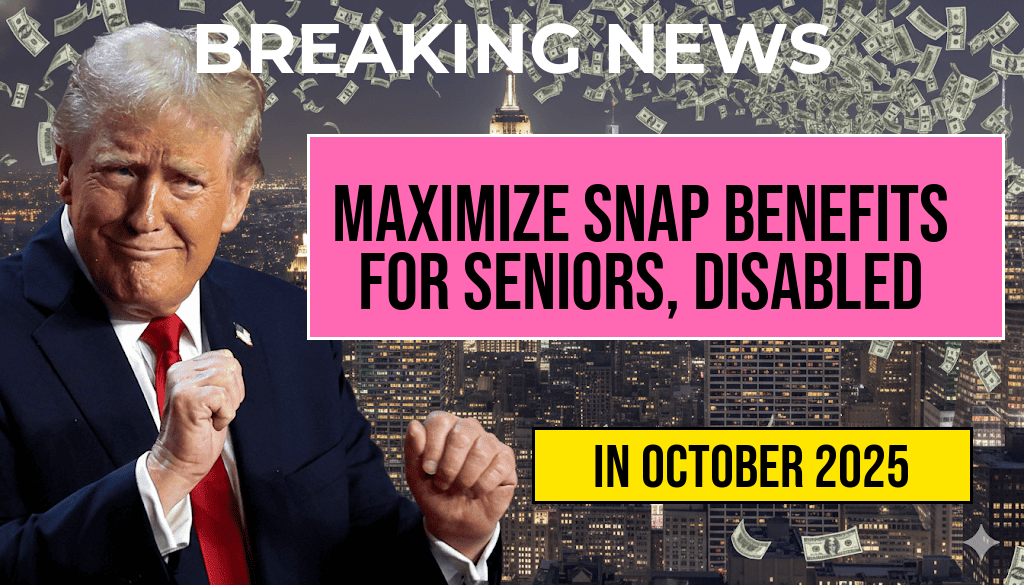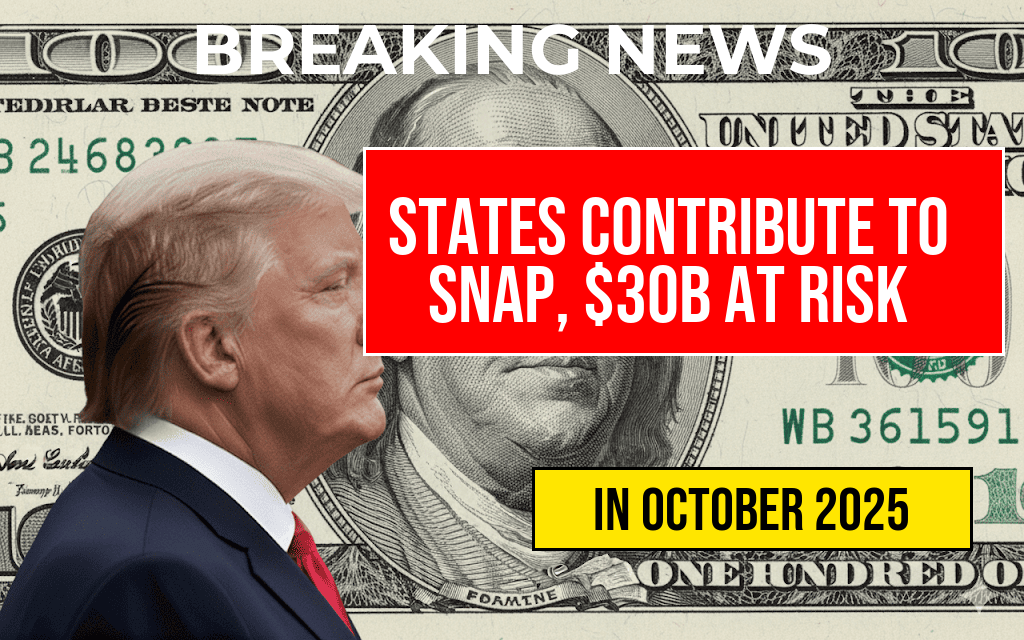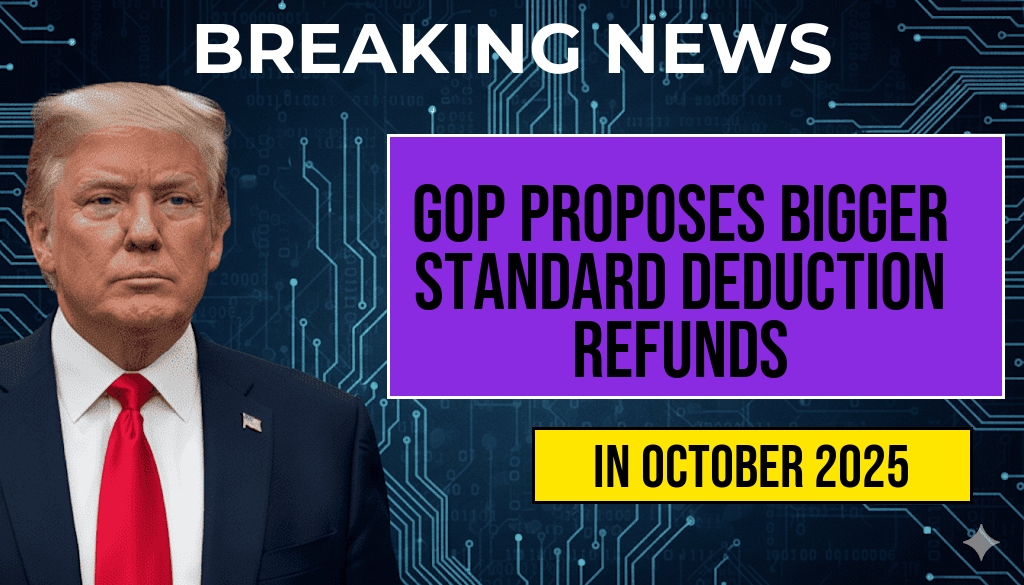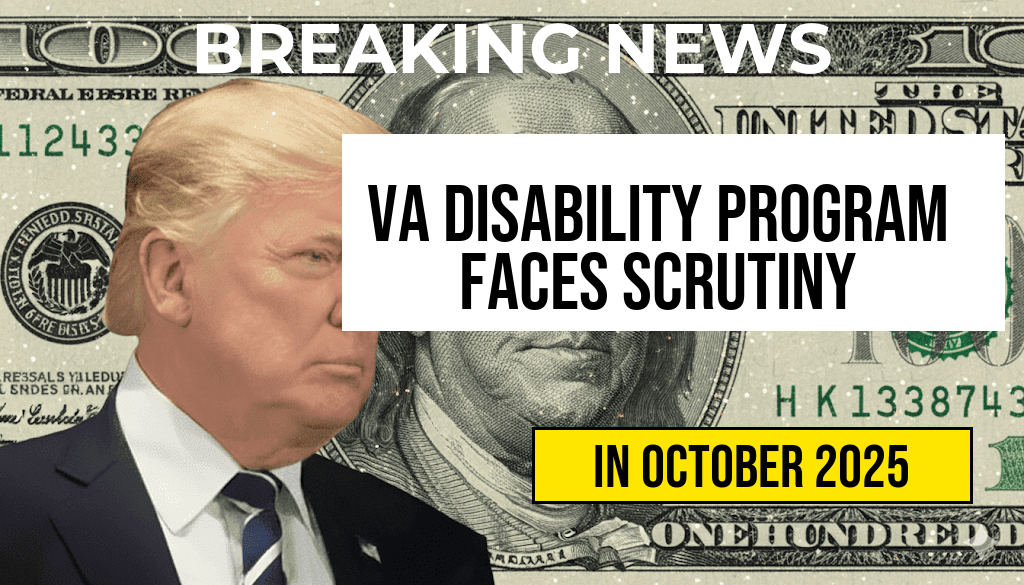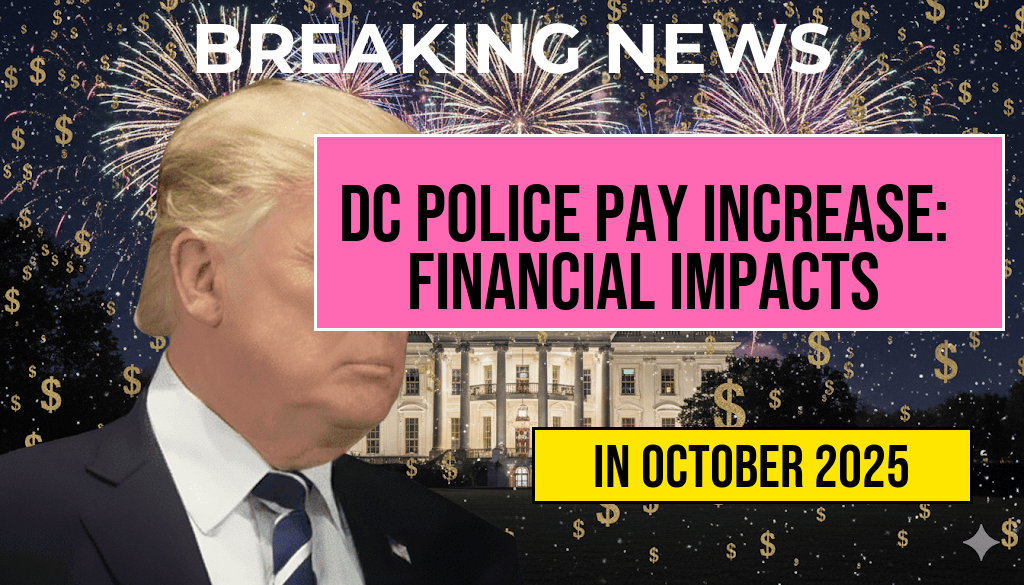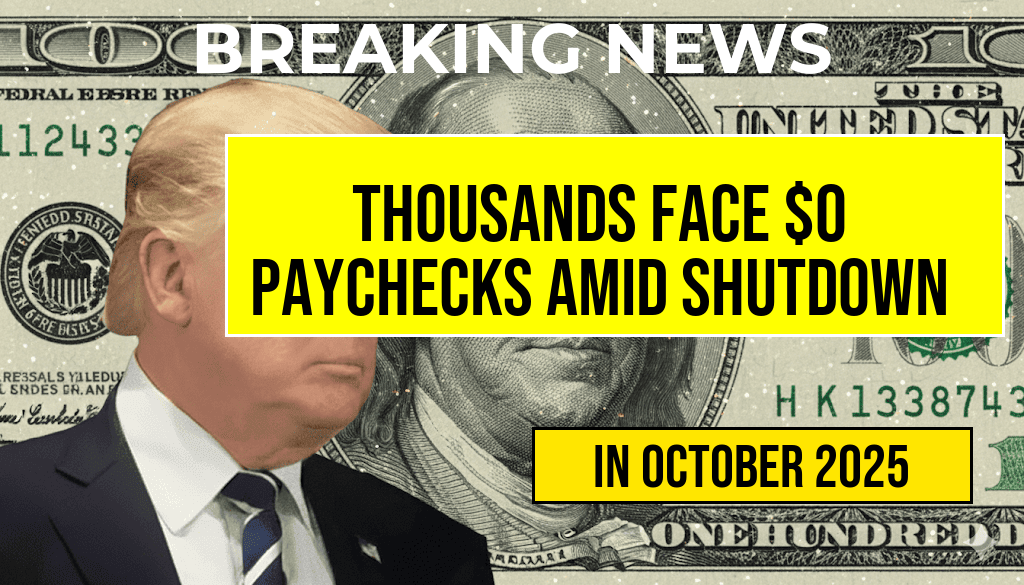New regulations surrounding the Public Service Loan Forgiveness (PSLF) program are raising concerns among educators across the United States. The recent changes, announced by the Department of Education, may lead to teachers owing tens of thousands of dollars longer than previously expected. Under the previous guidelines, many educators believed they were on track for loan forgiveness after 10 years of qualifying service. However, the revised rules have introduced complications that could extend repayment periods significantly for some borrowers, leaving many in a state of uncertainty regarding their financial futures.
Understanding the PSLF Program
The PSLF program was established to encourage professionals to work in public service by offering loan forgiveness after a decade of qualifying payments. Eligible employees include those in non-profit organizations, government positions, and certain educational roles. Teachers, in particular, have been among the most vocal supporters of the program, often taking lower-paying positions in exchange for the promise of student loan forgiveness.
Changes to Eligibility Criteria
One of the most significant shifts in the new regulations is the tightening of eligibility criteria. Previously, borrowers could count any payment made during their 10 years of service toward forgiveness. Now, the Department of Education has clarified that only payments made under a qualifying repayment plan will be considered. This change disproportionately affects teachers who may have taken forbearance or deferment options during their careers.
Impact on Teachers
The adjustments to the PSLF program could mean that many teachers will find themselves owing tens of thousands more than anticipated. According to a recent analysis, approximately 70% of teachers currently enrolled in the PSLF program could see their repayment timelines extended by an additional three to five years. This shift not only adds financial strain but also affects teachers’ decisions about remaining in the profession.
- Extended Repayment Timelines: Teachers may face additional years of payments before qualifying for forgiveness.
- Financial Burden: Many educators could owe tens of thousands more than expected.
- Job Retention: Financial uncertainty may influence teachers’ decisions to stay in public service roles.
Reactions from Educators
Educators across the nation have expressed frustration over the new rules. Many teachers feel that the changes undermine the original intent of the PSLF program, which was designed to alleviate the burden of student loans for those committed to public service. “I dedicated a decade of my life to teaching, believing that I would be rewarded with loan forgiveness. Now, I feel betrayed,” said Sarah Thompson, a high school math teacher in Ohio.
Potential Solutions and Resources
Despite the challenges posed by the new regulations, there are still options available for educators seeking relief from student loans. The Department of Education has outlined steps for borrowers to ensure they are enrolled in qualifying repayment plans. Additionally, advocacy groups are urging teachers to stay informed and explore potential loan consolidation options that may restore their eligibility for forgiveness.
| Criteria | Previous Guidelines | New Regulations |
|---|---|---|
| Qualifying Payments | Any payment made during 10 years of service | Only payments made under qualifying plans count |
| Forbearance/Deferment | Considered as qualifying payments | Not counted towards forgiveness |
| Average Time to Forgiveness | 10 years | Potentially extended by 3-5 years |
Future of the PSLF Program
The future of the PSLF program remains uncertain as the Biden Administration continues to emphasize reforms aimed at student debt relief. Educators and advocacy groups are closely monitoring these developments, pushing for revisions that would restore faith in the program. For many teachers, the possibility of loan forgiveness is not just a financial issue; it represents a commitment to public service and the education of future generations.
As the Department of Education implements these changes, teachers are encouraged to stay informed about their rights and options. Resources such as the [Federal Student Aid website](https://studentaid.gov/) provide essential information on managing federal loans and navigating the complexities of the PSLF program.
In a climate of financial uncertainty, the implications of these new regulations on teachers and other public service workers will continue to unfold. The balance between loan forgiveness and sustainable public service remains a critical conversation in the realm of education policy.
Frequently Asked Questions
What are the new PSLF regulations affecting teachers?
The new Public Service Loan Forgiveness (PSLF) regulations have altered eligibility criteria, potentially extending the time teachers may need to repay their loans, resulting in them owing tens of thousands of dollars longer than expected.
How might these changes impact teachers’ financial situations?
With the updated PSLF regulations, many teachers could face increased financial burdens, as they may be required to make additional payments before qualifying for loan forgiveness.
What should teachers do to prepare for the new PSLF regulations?
Teachers should review their loan repayment plans and stay informed about the latest PSLF updates to strategize their payments and understand how these regulations might affect their eligibility for forgiveness.
Are there any resources available for teachers to navigate these changes?
Yes, there are various resources available, including financial counseling services, the official Federal Student Aid website, and teacher advocacy groups that provide guidance on managing student loans and understanding the new regulations.
What options do teachers have if they are struggling with their loan payments?
If teachers are struggling, they can explore options such as income-driven repayment plans, deferment, or consolidation, which may help manage their payments under the new PSLF rules.





